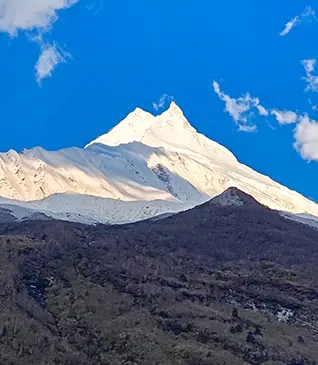When it comes to getting close to nature and enjoying the fun and adventure that comes with it, the Himalayan landscape has no competitors. Due to its stupefying beauty and towering elevation, this region has always been one of the favorites for trekkers and thrill seekers.
With that being said, beyond this exquisite beauty of the Himalayas there is a challenge. The challenge to withstand its inclement weather, the challenge to adjust to its sky-touching heights, and the challenge to successfully navigate some of its toughest trails.
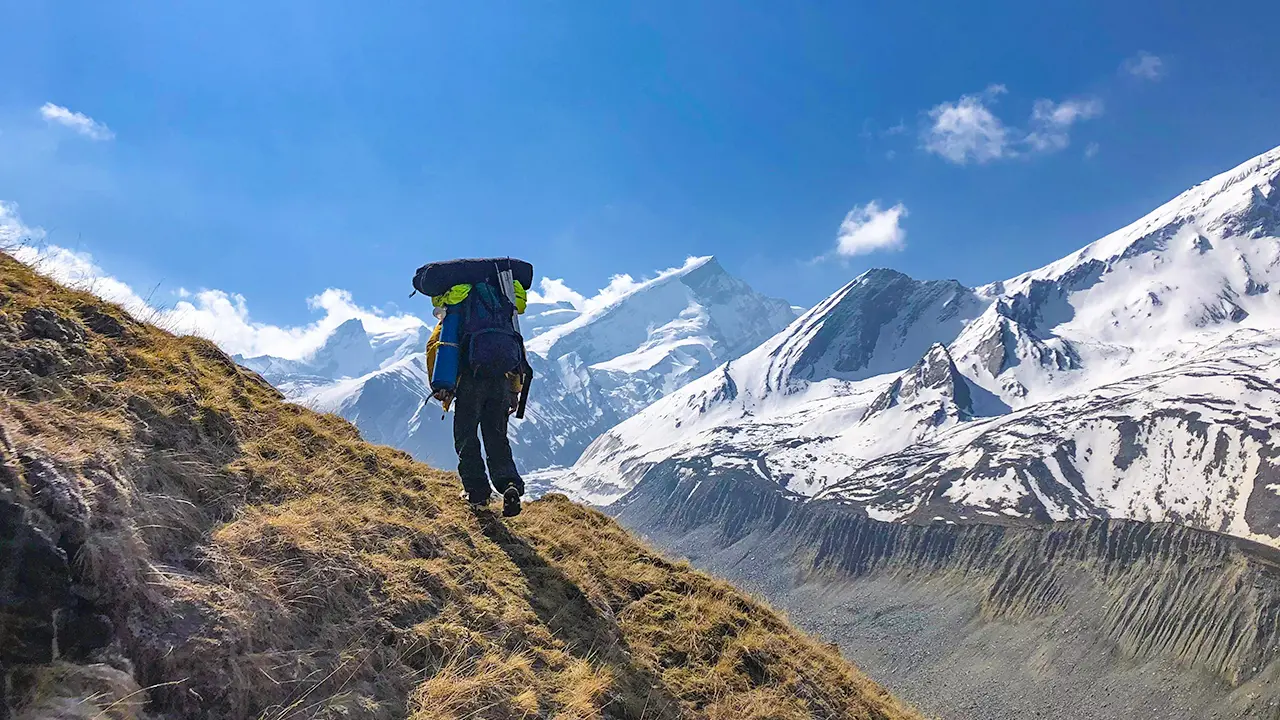
Seasonal and experienced hikers usually have some idea about the involved challenges of treks. The beginners, however, know very little about how to be ready for such difficult conditions up there. This article is all about how as a beginner or an intermediate trekker you can master the skill of acclimatization for high altitudes. As opposed to that, failing the proper degree of acclimatization can make you sick. In other words, proper acclimatization is the factor that decides whether you experience an enjoyable journey or a completely ruined one.
Before we get to the brass-tacks, let’s take a look at some facts to understand the gravity and need for acclimatization. According to a National Library of Medicine, around 30% to 50% of trekkers developed altitude sickness in the Himalayas. In Annapurna trekking region, the prevalence of AMS was observed between 34% and 57%. The Everest region was recorded to have around 30% of trekkers.
What exactly is Acclimatization?
To put it simply, acclimatization is the process with which any living being adjusts to its changing environment. So the elevated treks in the Himalayan region aptly signify the altering environment. The factors that constantly change with the altitude are temperature, atmospheric pressure, and oxygen level. So while trekking if you don’t allow your body to adapt to these factors, you could be in trouble.
What happens to our bodies at High Altitudes?
As you go higher and higher, the air pressure dips significantly, resulting in thinning of oxygen molecules in the atmosphere. This means your oxygen intake is also reduced by that factor. This condition is called hypoxia when an adequate amount of oxygen is not supplied to every tissue of the body. So your body will naturally struggle harder to get sufficient oxygen, which in turn might leave you with increased heart rate and respiratory rate. That is why, to nullify these effects you need to acclimatize to these environmental changes.
Types of Altitude Sickness:
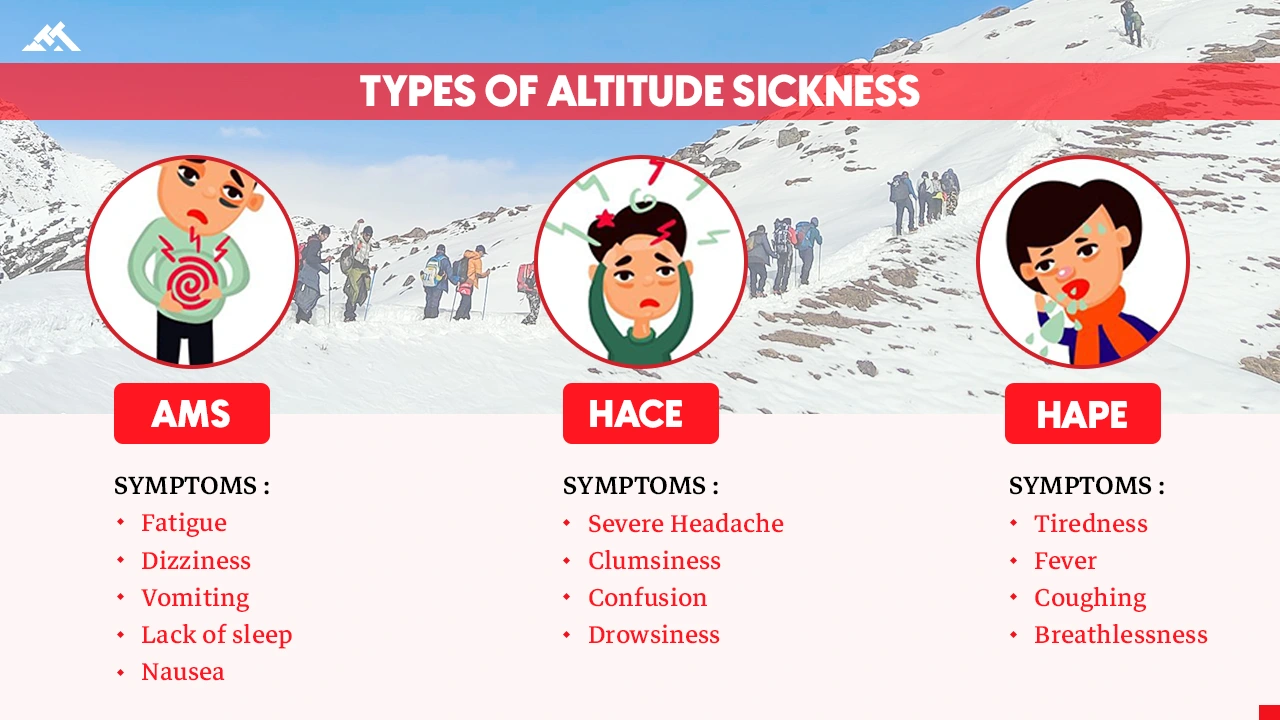
Acute Mountain Sickness (AMS):
The frequent term used for the illness caused by a high-altitude effect or hypoxia. It is the most common and mild form of sickness that is experienced by many people. Its symptoms include hangover, dizziness, muscle aches, and nausea. Typically, AMS sets in after going to an altitude of 3000 meters or 9,843 Ft. Studies have also shown that a continued exposure to high altitudes can result in degradations in personality and cognitive ability.
The more severe forms of altitude sickness are:
High Altitude Pulmonary Edema (HAPE):
It occurs when your lungs fill up with a fluid that prevents effective oxygen exchange. If something this persists, it needs immediate medical attention. The symptoms are weakness, shortness of breath, tightness in the chest, and suffocation.
High Altitude Cerebral Edema (HACE):
It is an even more severe form of sickness that results from the swelling of the brain due to a fluid leakage. The symptoms include headache, loss of coordination, disorientation, unconsciousness, and loss of memory. In certain cases, this sickness can be fatal.
Acclimatization Tips for Beginners and Intermediate Trekkers
As you have understood well enough, it’s of paramount importance for your body to acclimatize before the trek. Which is why, you need to take enough time to acclimatize in order to avoid altitude sickness. This brings us to the fact that an effective preparation for the acclimatization is the one that starts long before the journey itself.
An effective acclimatization process creates a big difference between a safe and smooth journey and a disastrous one. In other words, minimizing the health risk will not only directly increase your chances of success but your enjoyment, too.
So you can achieve better results in terms of adjusting your body in two ways:
Before the trek – It is more about incorporating some habits in advance, which will be highly beneficial for you to adjust your body. So you will be able to condition your body more effectively.
During the trek – These are the essential tips that you should follow the moment you start the trek. These tips include extensive remedies/recommendations that will help you throughout your journey.
Both the acclimatization approaches have their own unique advantages. The best strategy, therefore, is to follow both of them in that order.
Let's understand them one by one:
Acclimatization Before Going on a Trek
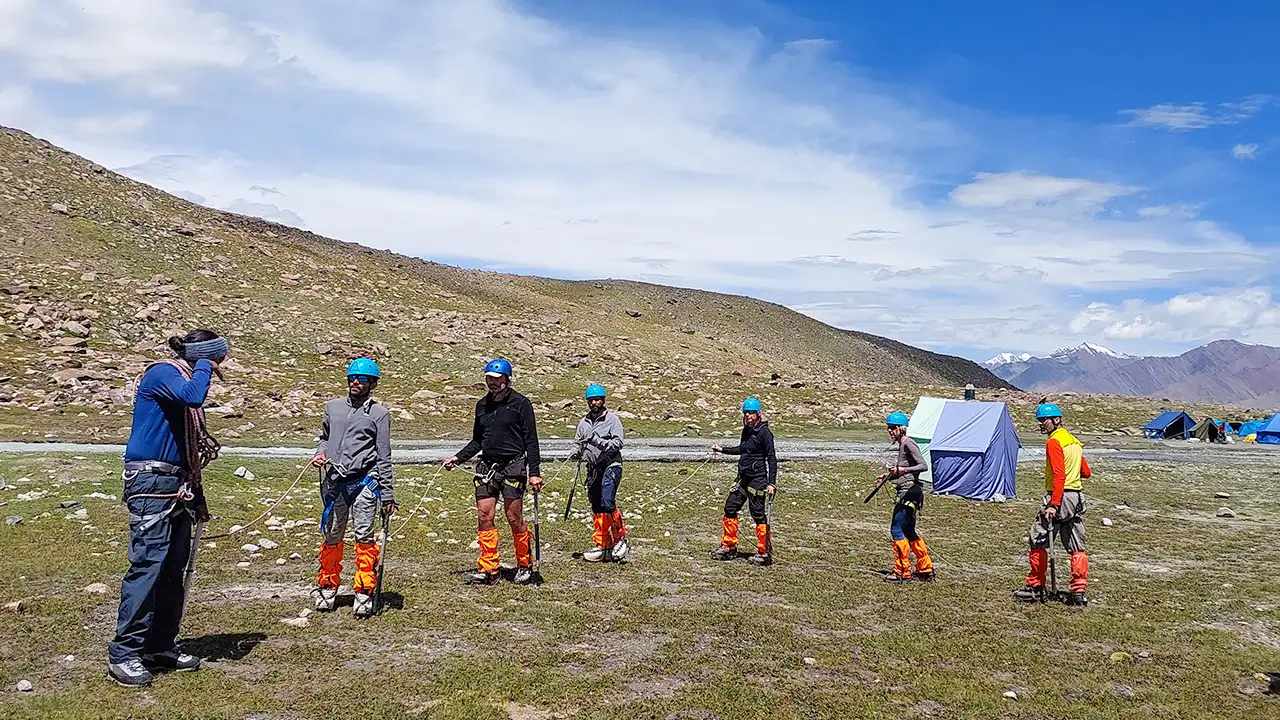
Before hitting the trail to conquer those Himalayan heights, it’s always better to be already prepared for that. As a beginner, you don’t want to ruin your journey. You want everything to go your way to make it as memorable as possible. Reason? You never know how your body is actually going to respond on the trek despite you knowing all the necessary tips for acclimatization.
So at the time of planning, you can also do things that can effectively help you make this trip a walk in the park.
- Start Exercising in Advance
- Begin by incorporating a combination of walking and jogging. Then gradually increase the distance in order to build stamina.
- Stair climbing will be an ideal way to simulate treks like condition. The purpose is to prepare for the inclination.
- High intensity interval training (HIIT) is a powerful exercise for your cardiovascular health. It greatly helps your oxygen absorption capacity.
- Pursed-lip breathing – a good technique to improve the process of oxygen and CO2 exchange in lungs. Inhale through your nose and slowly exhale through pursed lips.
- Diaphragm plays a vital role in respiration. So diaphragmatic breathing boosts the rate at which your lungs expand and contract. Thus allowing you to take a deep breath.
- Alternate nostril breathing, also known as “Anulom - Vilom”, is a proven Yoga technique to improve lung capacity.
- Squats and split squats help strengthen your hamstrings and glutes, which are main muscles for hiking.
- Alternate lunges boost your leg strength and stability.
- Do step-ups with a heavy backpack to strengthen your back.
- For better flexibility and mobility of your calf muscles, do calf stretches. Do standing stretch and bent-knee stretch alternately.
- Smoking and Alcohol
- Avoid smoking at least 15 to 30 days before the trek.
- Stop consuming alcohol at least 20 days prior to the trek date.
- Sleep Pattern
- Food Habits
- Water Intake
- Drink at least 5 to 6 liters of water per day.
- Also, try to drink boiled tap water because in mountains you will have hard water.
- Or else, mix the boiled tap water with RO water and start drinking it.
- Trekking Shoes
Every profound Himalayan trek needs the functioning of your heart and lungs more than others. When it comes to physical exertion, both of them work in close coordination. The heart pumps out pure blood that reaches to every single tissue, whereas lungs infuse oxygen to this blood. For that you need to improve their endurance capacity. Apart from that, your legs, thighs, and back will be used throughout the trek. So you also need to gain enough physical strength.
Heart Exercise
Lungs Exercise
Strength Exercise
As we already discussed above, intoxicants should strictly be avoided on the trek. For better results, though, you should stop smoking and alcohol consumption right at the time of planning. That way your body will be better-equipped for the journey well in advance.
The next important thing you can focus on during your homework for the trek is revisiting your sleep cycle. In most cases Himalayan trekking starts early in the morning and ends well before sunset. So it would be better if you start adjusting your sleep pattern accordingly.
As a matter of fact, people living in cities have completely different lifestyles. Due to their jobs and professional commitments, they generally go to bed after 11 or 12 in the night. In some cases, their jobs demand rotational shifts or working whole nights.
Clearly, their sleep pattern will surely be incompatible to what is required in the Himalayas. So if your sleep is out of sync or disturbed, you will be more prone to get mountain sickness on the trek. Therefore, you need to bring a little change in your sleep cycle. Your sleeping time should be – 8:30 PM to 9:00 PM in the night, and wake up time should be around 5 AM.
Since Himalayan adventure attracts every enthusiast across India, the trekkers come from every walk of life and every corner of the country. Also, a significant chunk of trekkers come from Southern States of India. The food they eat over there is completely different from the North.
The difference is in ingredients, spices, and cooking styles because of climate. Foods usually consumed in the North are dairy products like cheese, cream, and ghee; legumes like chickpeas and kidney beans. In South India, fermented food is eaten more such as Dosa, Idli, Sambar, and Uttapam along with coconut oil based dishes.
For trekking in high altitudes, your body needs to be energized more than usual. Therefore, the food needed up here is rich in carbohydrates, calories, and proteins. Because of this obvious difference, some people may find it very difficult to suddenly move to a different diet than they usually eat. This sudden change of food can result in constipation or diarrhea. Thus, it would be beneficial for you if you could also include North Indian food in your usual diet. That way, you will not face any food-related problems. Which means, you will be in a better position to combat AMS.
As you know it very well, trekking is essentially a full body workout. It requires every part of your body to function from tip to toe. Due to this physical exertion, your body starts sweating profusely. The sweating also flushes out important minerals from the body along with radiating heat. Because of this imbalance due to lack of key minerals, the acute mountain sickness may kick in. Which means your body needs more water to maintain the balance of necessary electrolytes and minerals.
On a hike, your trekking shoes play a key role in making or breaking your journey. They need to be strong, durable, and properly gripping. Also they should be equally comfortable for your feet. Sometimes putting on different shoes than usual can cause pain or discomfort. There is a fair chance of developing blisters, too. So the best strategy to handle them is to wear them at your home for some time on a daily basis. Wear them at least 2 to 3 weeks before the trek.
Acclimatization During the Trek
Talk about how taking certain measures during the trek will help your body to adjust to this altitude.
Other than the above training strategies, you also need a tactical approach to avoid altitude sickness.
- Climb Slowly and Steadily
- As per expert trekkers/climbers, sleeping altitude should not be increased by more than 1000 feet per day.
- If your body is taking more time to adjust, it’s better to spend an extra day after climbing 1000 meters (3280 feet)
- Stay Hydrated All the Time
- Because of diuretic effects, your body’s requirement of water/fluids exceeds 4 liters per day.
- Drink a minimum of 1 quart every 3 hours by adding a pinch of salt.
- Eat High-Carb Foods
- Good sources of carbs on trekking:
- Energy bars
- Oatmeal (with raisins, butter and nuts) for breakfast
- Pasta and rice
- Low fat soup and low fat sandwiches
- Antioxidant-rich foods like berries
- Follow “Climb High, Sleep Low” Approach
- Get Necessary Sleep
- Steer Clear of Intoxicants
- Use a Trusted and Potent Trekking Gear
- Sturdy trekking shoes with ankle support.
- Layered clothing, waterproof and insulating jackets/pants, and quick-dry track pants.
- Reliable sleeping bag
- Powerful tent for camping
- First-aid kit
- Other accessories like warm gloves (inner and outer), woolen socks, wool cap, sunglasses, trekking poles, water bottle, sunglasses.
- Personal hygiene essentials
To begin with, the ascent should be gradual and slow so that your body gets ample time to adjust to the elements. Rapid climbing means you are making your body put more effort, which means you’ll need more oxygen to perform the task. To add to that, oxygen proportion is already thinner in higher altitudes, so this extra work will make it even more difficult for your body to adjust. If you are a beginner, your physiology is not habitual of high altitude atmosphere. Thus you are highly likely to develop AMS if you pick an abrupt pace.
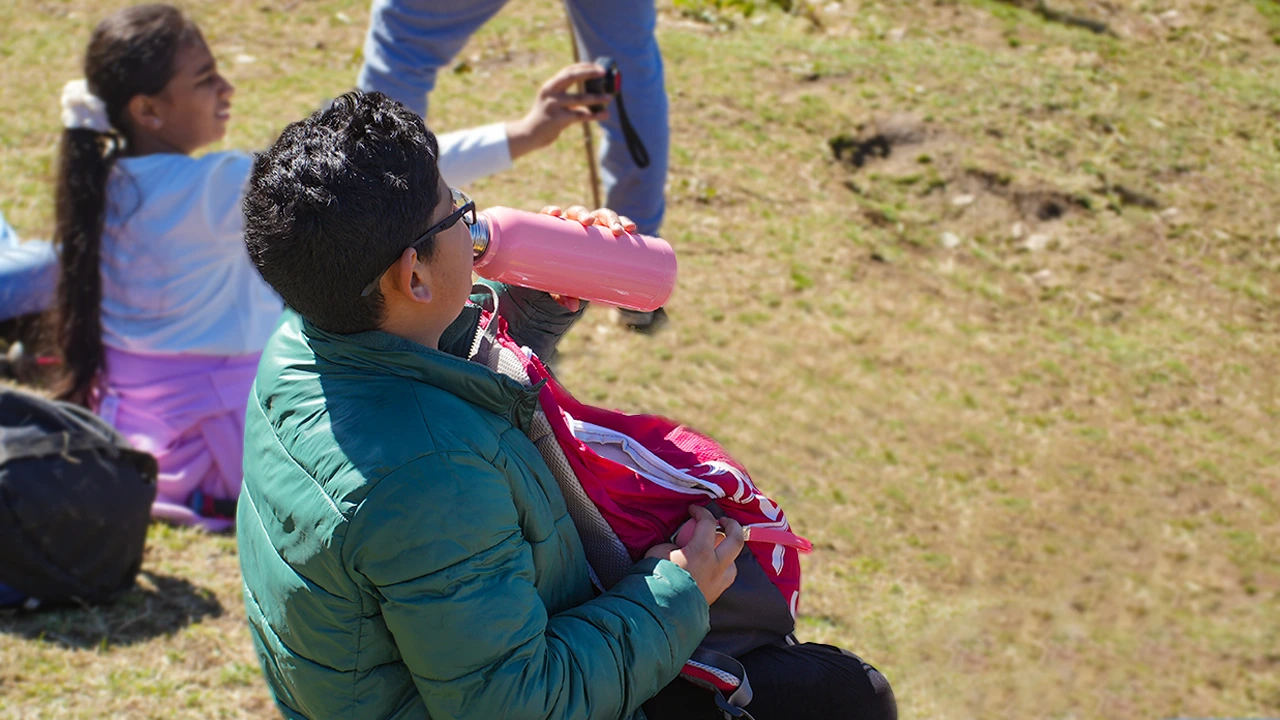
Dehydration is life threatening in severe cases such as kidney failure. It acts as a major risk factor for exacerbating AMS because of water loss due to quick breathing, perspiration, and increased urination. So when it comes to trekking in heights,keeping your body hydrated is of foremost importance. Proper hydration plays a key role in improving blood circulation, preventing its thickening, and adjusting to lower oxygen levels.
As a matter of fact, high altitude and exposure to cold are directly associated with dehydration. It mimics the symptoms of mountain sickness such as nausea, dizziness, headache, and fatigue because it puts your body under an additional stress. Thus you can effectively prevent any of this from happening by drinking fluids consistently. Proper and consistent hydration allows you to retain or replenish electrolyte content in your body.
Another potent way to avoid AMS is by adding high carbohydrates in your diet because it is the preferred energy source at heights. Scientifically speaking, in higher altitudes muscle glycogen depletes rapidly, which means muscles are more likely to be utilized as energy. So higher amounts of carbs maintain the glycogen levels, reduce the likelihood of AMS, and hence boost physical performance. Glycogen is basically energy stored in muscles in the form of sugar. Also, the same amount of activity in altitudes, as compared to sea level, leads to quicker lowering blood sugar level.
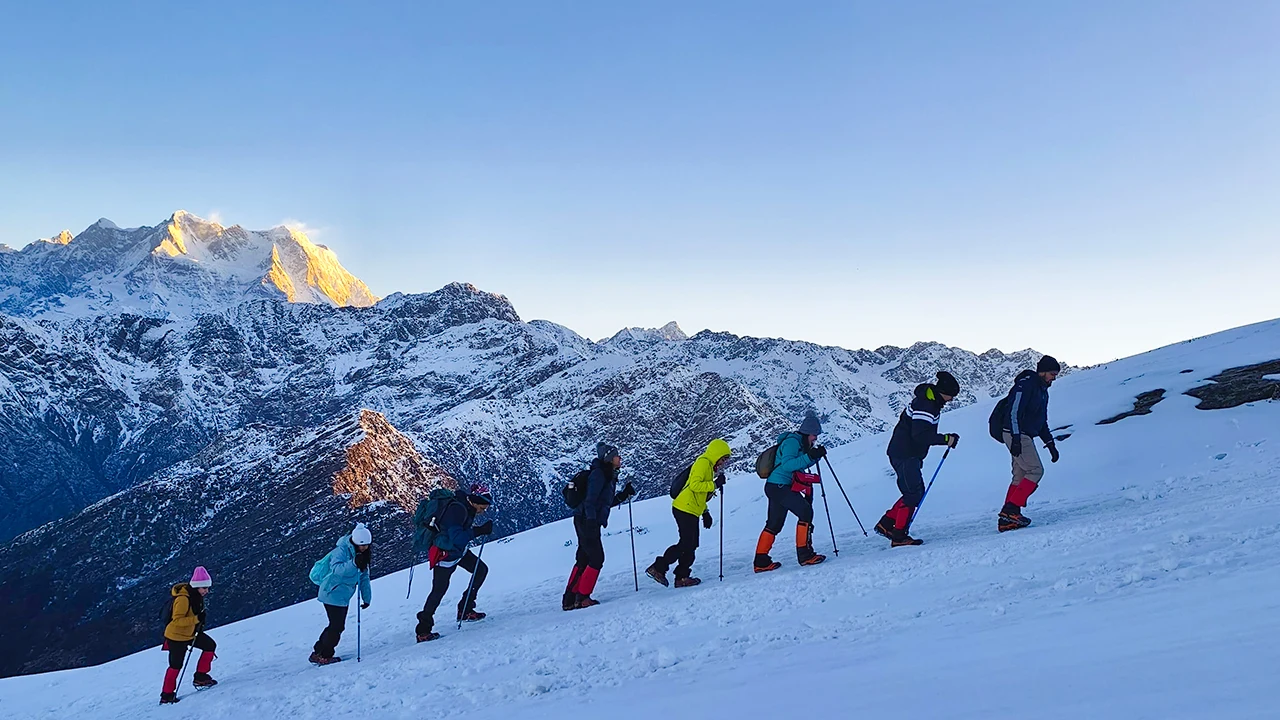
Climb High, Sleep Low is a widely accepted mantra among experts all over the world. And it works! It basically signifies a philosophical perspective on pushing your limits and stepping back to build capabilities for what comes next. In more relevant terms, it is an effective approach with which you expose your body to greater heights during the day and come down to sleep at night.
This technique is essentially helping you increase the oxygen-carrying capacity of your blood and, at the same time, letting you recuperate. The point is your body will better acclimatize if you ensure a good recovery at night versus the effort you put in during the day.
Again, sufficient rest and sleep are very important ways for your body’s recovery and performance. Fitness/gym trainers also advise this because a proper sleep repairs muscles more effectively. The same principle applies in trekking as well. An enough amount of sleep will repair your muscles and tissues that were utilized heavily during the hike. As a result, your body copes well in the event of exertion and thin air. In this manner, sleep abets the acclimatization process. Moreover, insufficient sleep leads to worsening symptoms of AMS.
While trekking, you need to avoid alcohol, smoking and other intoxicating drugs (LSD, Cannabis) as much as possible. Alcohol dehydrates your body and affects its ability to adapt to lower oxygen levels. Alcohol being a diuretic substance causes kidneys to produce more urine making you dehydrate more quickly. More consumption of alcohol also acts like a respiratory inhibitor, which essentially means it suppresses your breathing capacity.
Likewise, smoking reduces your lungs’ functionality and hence oxygen transferring capacity to your bloodstream. So to sum up, all these effects of intoxicants lead to the increased AMS symptoms. Apart from that, experts suggest that caffeine intake should be avoided for the first few weeks at high altitudes.
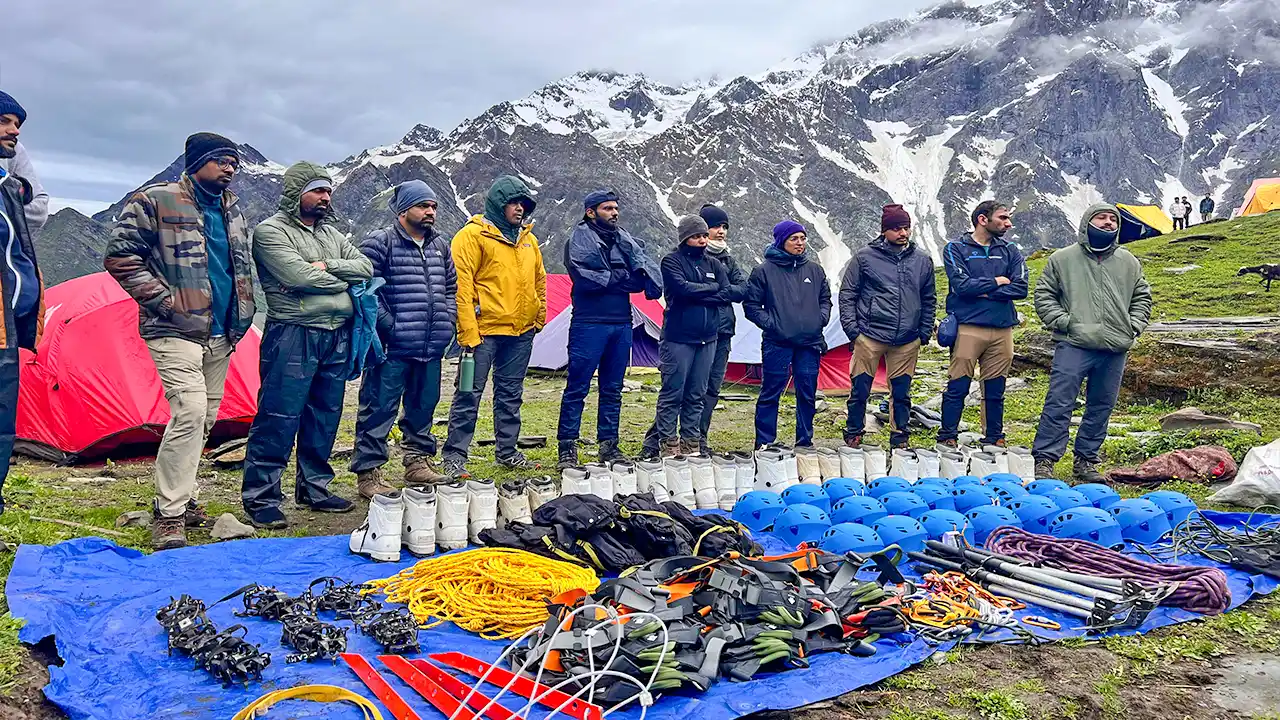
In order to acclimatize in the Himalayas, the right gear is extremely crucial. The approach should be – don’t hoard everything and don’t skip important things. So you have to include the bare essential items that make you comfortable, safe, and warm. For that, you can either rent the gear from a trusted company or purchase them as per your need.
Final Words
The opportunity to climb a high-altitude Himalayan trek is always special. But before jumping with joy and excitement, you must also understand your body’s response mechanism to difficult weather conditions. This is when the need for acclimatization arises, which is your body’s ability to adjust to high altitudes. Failing an optimum degree of acclimatization may lead to acute mountain sickness. In severe scenarios, it can be lethal. So if you don’t want your expected trekking plans to go down the drain, pay attention to acclimatizing techniques and tips.
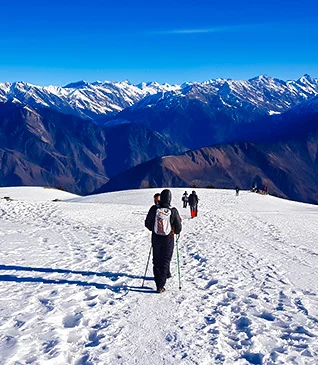
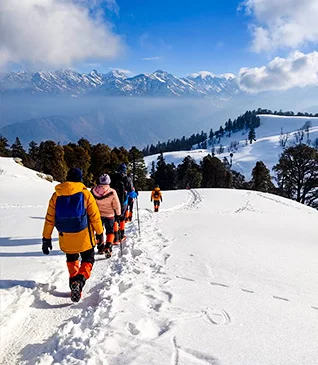
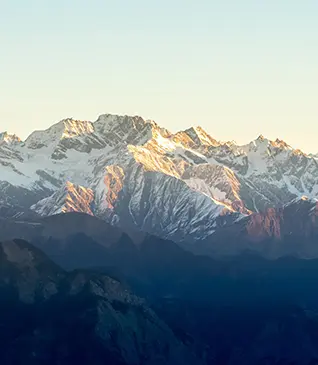
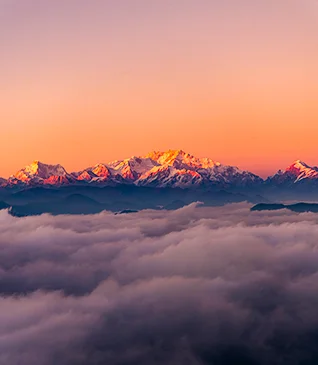
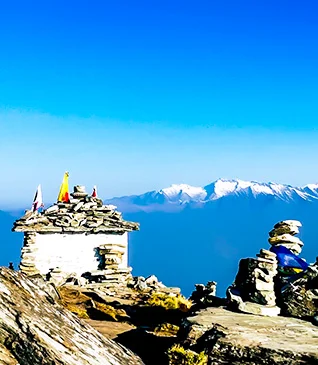
.webp)
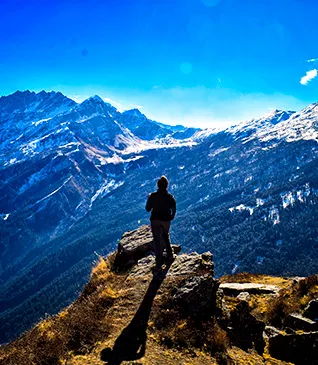
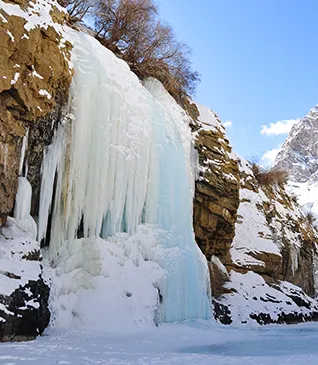
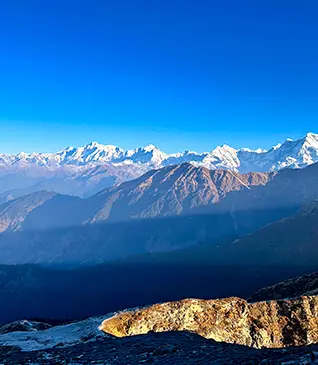
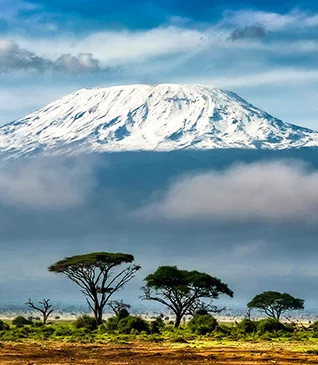
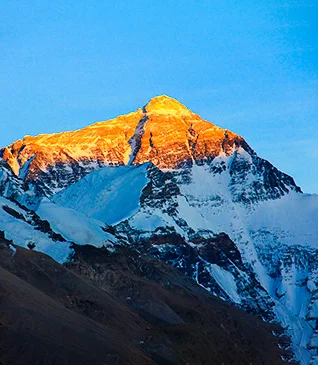
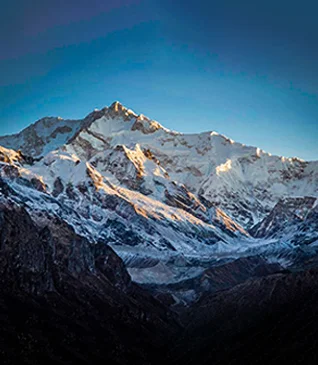
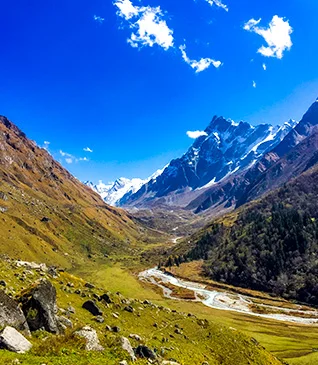
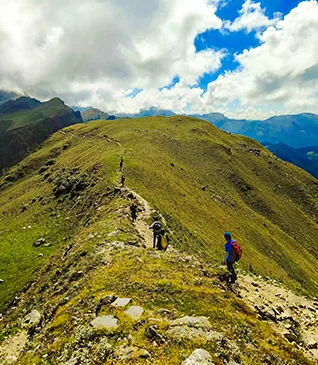
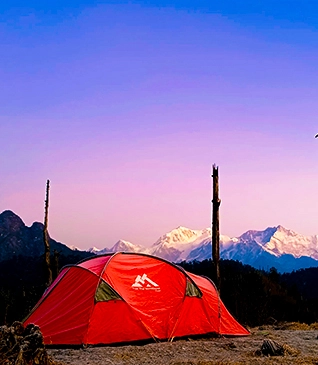
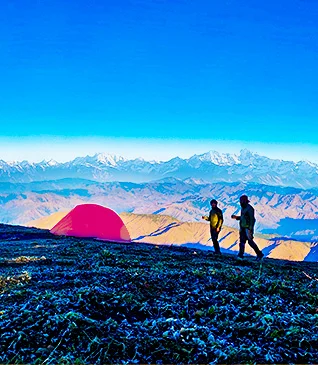
.webp)
